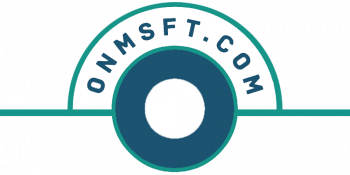Imagine walking down the street and you immediately notice an elderly man fall to the ground and appears to not be breathing. What do you do? Aside from dialing 911, would there be something you can do to help? A new Microsoft Research project is looking at ways your smartphone can help you potentially save a life.
Typically, in a calm scenario, we can utilize a search engine, WebMD, sometimes YouTube, or any other resource for guidance on solving a dilemma. But during a stressful situation, when your adrenaline is flowing, we need a faster solution to find the information we need.
Microsoft Research’s Nina Mishra is working on a project that examines how people use search engines in time-critical situations and how that could translate to a phone being able to walk a person through resolving an emergency situation. Here is an example:
“Mishra and her co-authors developed methods that provide search engines with the ability to recognize time-critical queries. These methods enable Lisa’s phone to detect the urgency of the query and suggest that she call 911 immediately and then follow step-by-step instructions. While the ambulance is on its way, the phone advises Lisa on valuable assistance to provide. Using the location sensor on the phone, Lisa finds an automated external defibrillator nearby, and the phone suggests that she ask someone to retrieve it. The phone then tells Lisa to place the phone directly on the neighbor’s chest and to perform chest compressions directly on the phone. The accelerometer in the device explains to Lisa the correct depth of compression and how quickly they must be performed. Lisa follows the instructions, an ambulance pulls up, a life is saved.”
Other scenarios including a person having a stroke, how to stop severe bleeding, and how to handle a baby that is choking. Mishra’s team is also collaborating with the Division of Emergency Medicine at the Stanford School of Medicine.
The goal is simple – have your phone detect medical emergencies with a high degree of accuracy and deliver targeted first-aid information – ultimately making your smartphone an essential asset when confronted with a medical emergency. “Going forward,” Mishra says, “we envision using the richer signals of a smartphone to assist the next person in need of help.”


